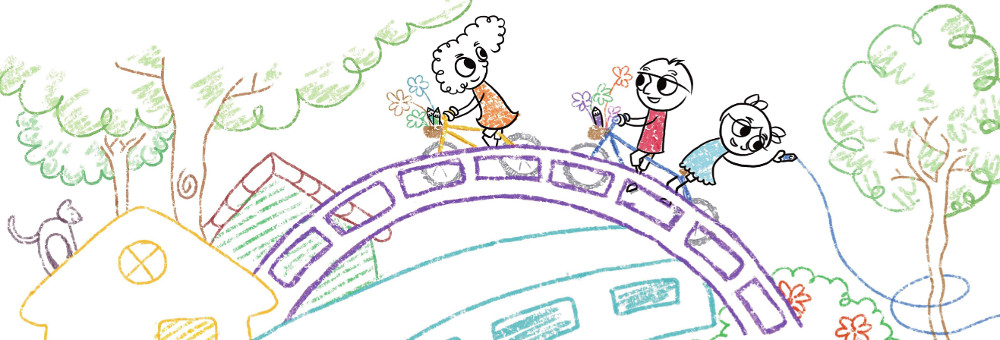Usability diagnostic tests with children is similar people to user friendliness testing with adults. To acquire the most out from the sessions, and ensure the child is usually comfortable and happy, there are several differences you need to be aware of.
Stress of new people and surroundings
Youngsters are far more likely than adults to find coming across new spots and people difficult. You should always bear in mind this, and so try to find several ways as is possible to relax the child. Some things you may do are:
– Allow an important period of time — at least 10 minutes — to meet the kid. This is vital in putting them at ease before beginning the session. A few easy what you should talk about might be computer games, cartoons, sports or perhaps school. Looking to make every one of the equipment employed during the practice session match what the child uses at home/school (phone up their parents/teachers beforehand to check). — Try to always be as soothing and comforting as possible. projects.mak.ac.ug They have especially important for making it clear to the kid that you want their very own views on the website and that you’re not testing all of them. – Cover the fact that younger children may possibly prefer the parents to stay in the tests room with them. Ensure that parents know that they should avoid the child’s line-of-sight and not support or distract them.
Asking for support
Children are far more utilized to asking for – and receiving – help than adults, therefore it is very important for the purpose of the pemandu to:
– Evidently explain at the outset of the test that you would like the child to use the site independent – Make a endured effort to deflect such questioning through the session themselves
Specific manners of deflecting questions consist of:
— Answering something with a concern (e. g. What do you think you should do now? ) – Re-stating that you would like the child to work with the site independent – Asking the child to obtain one previous g’ ahead of you move on to something else
Children acquire tired, uninterested and disappointed more easily
Children (especially of more youthful ages) are much less inclined — and/or ready – to use themselves into a single activity for a extended period. Some ways to operate around this happen to be:
– Limiting trainings to 1 hour or fewer. – Choosing short destroys during trainings if the kid becomes exhausted or irritable. – Making certain sessions cover the designed tasks/scenarios within a different purchase – this will make sure that the same scenarios aren’t always examined by exhausted children, who have are less more likely to succeed/persevere. – Asking the kid for help so as to provide them with motivation (e. g. asking ‘Could you please understand for me how to… ‘, or perhaps by truly pretending not to be able find/do something around the site). — Keeping up a reliable stream of encouragement and positive responses (“You’re performing really well and telling all of us lots of useful things – it will really help make the website better. Keep it up! “).
The importance of nonverbal tips
Children can’t continually be relied upon to verbally articulate their thoughts/feelings, either due to their:
— Not being articulate enough – Being shy – Unwilling to say the wrong thing and displease a grownup – Expressing things that they don’t consider just to you should the adult
This will make it particularly critical that the wonderful expert be sensitive to children’s non-verbal cues, just like:
– Sighs – Smiles – Frowns – Yawns – Fidgeting – Laughing — Swaying – Body position and position
Physical differences
A couple of very obvious — but easily forgotten — differences which usually need to be taken into account are:
– Couch and stand settings – Make sure you own a chair/table setting that enables the child to comfortably utilize equipment throughout the session. – Microphone ranking – Kids tend to have less busy voices than adults, and so microphones should be placed a little bit nearer for the participant than normal.
Levels of literacy and understanding
It is critical to ensure that a session’s player has an appropriate understanding of the scenario becoming presented to them. Some ways to do this include:
– Asking participants to re-phrase scenarios/goals in their private words. — Asking individuals to replicate a circumstance (i. elizabeth. what they are looking to achieve) if the task moved on for quite a while and you think they may include forgotten this.
